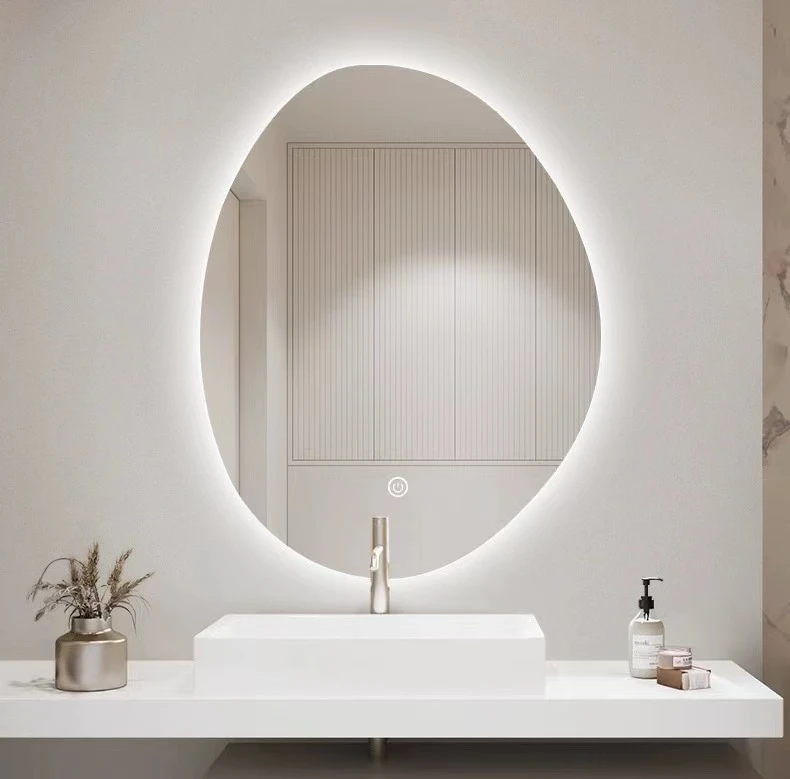

The Market Dynamics of Tinted Glass Prices
Tinted glass, known for its aesthetic appeal and functional benefits, has emerged as a popular choice for both residential and commercial construction. Its ability to reduce glare, enhance privacy, and improve energy efficiency has led to an increasing demand in various sectors, thereby influencing its pricing dynamics. Understanding the factors that affect tinted glass prices can provide valuable insights for consumers, builders, and industry professionals.
One of the primary drivers of tinted glass pricing is the raw material cost. Tinted glass is typically manufactured using a combination of silica sand, soda ash, and various metal oxides that provide the desired color and attributes. Fluctuations in the prices of these raw materials, often influenced by global supply and demand dynamics, can significantly impact the final price of tinted glass products. For instance, disruptions in the mining sector or changes in environmental regulations can lead to a rise in raw material costs, subsequently increasing the price of finished tinted glass.
Moreover, the manufacturing process itself is a critical factor in pricing. The technology and techniques used to produce tinted glass vary, with more advanced methods often resulting in higher quality products at a premium price. Factors such as the level of tint, thickness, and the presence of additional coatings (e.g., UV protection, anti-reflective coating) can also affect the overall cost. Consequently, consumers seeking high-performance tinted glass might find themselves paying more, but they often gain greater energy savings and enhanced durability as a result.

Market demand plays a significant role in determining tinted glass prices. In recent years, the trend towards sustainable building practices has pushed architects and builders to opt for tinted glass as a means of improving energy efficiency. As more consumers become aware of the benefits of tinted glass, the increased competition among manufacturers can drive prices either up or down, depending on the balance between supply and demand.
Geographical factors also influence tinted glass prices. In regions with extreme weather conditions, there might be a greater demand for tinted glass, leading to localized price increases. Conversely, in areas where tinted glass is less common, prices may remain steady or even decline as manufacturers look to penetrate new markets.
In conclusion, tinted glass prices are influenced by a combination of raw material costs, manufacturing processes, market demand, and geographical factors. Understanding these dynamics not only aids consumers in making informed purchasing decisions but also helps industry stakeholders navigate the complexities of the tinted glass market. As the trend towards sustainable design continues, the importance of tinted glass in the construction industry is likely to grow, further shaping its pricing landscape.